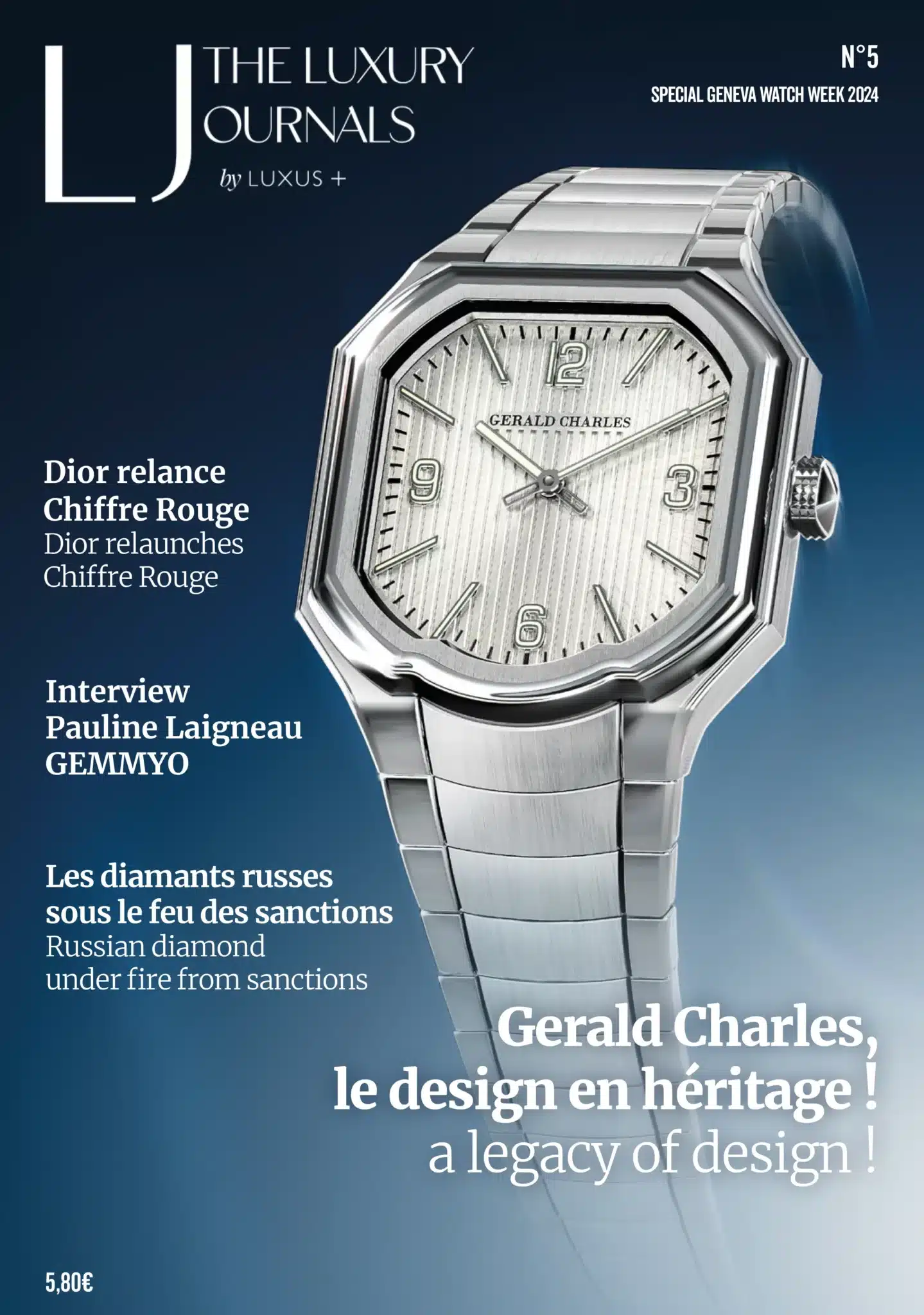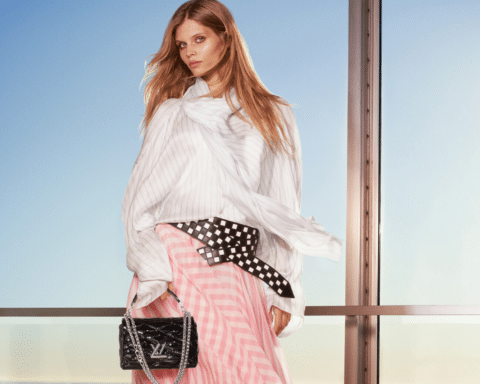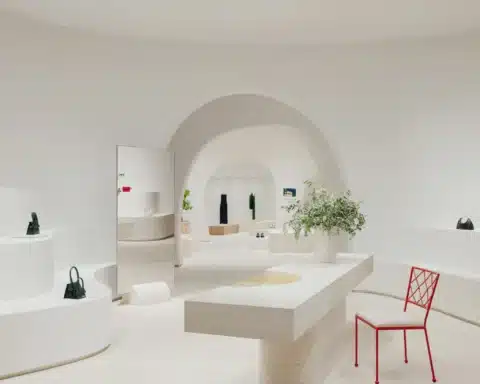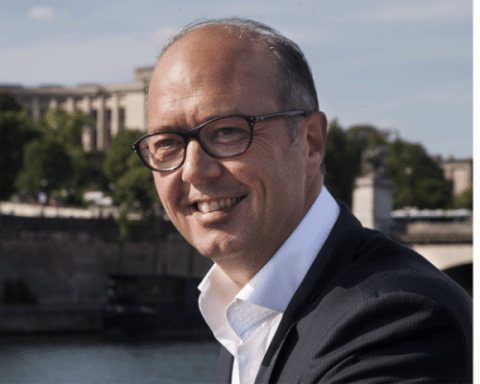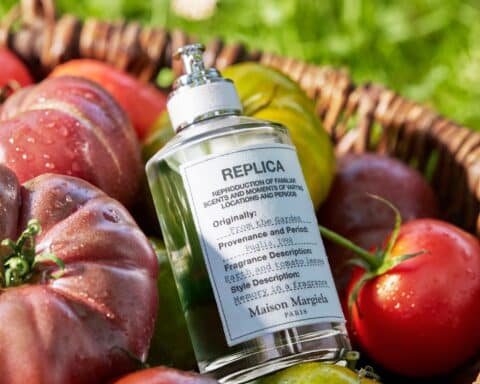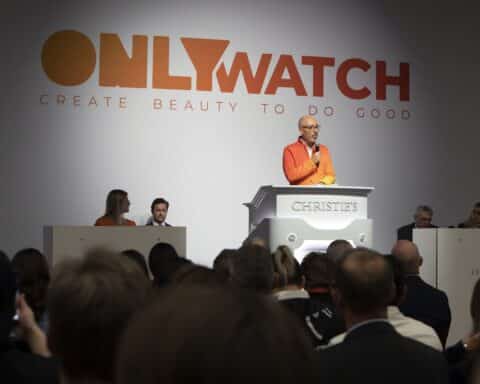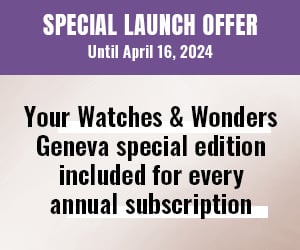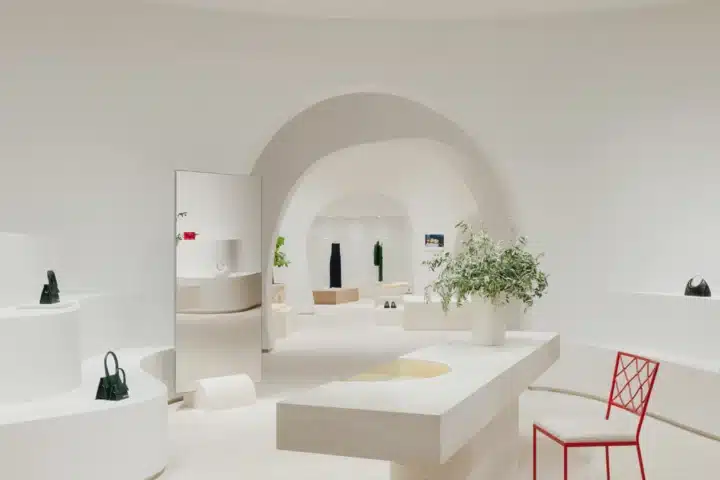[vc_row][vc_column][vc_column_text]
In its second “Shopper” study conducted by Action Plus among 500 consumers, Citeo has decrypted consumers’ perceptions and expectations regarding packaging in the luxury world.
By Luxus Plus
Fragrance, make-up, skincare creams, chocolates, wines, Champagne and liquors : this study offers several lessons on the report of consumers to the packaging of these products.
Objective : identify leverages points that can help to design eco-friendly packaging, through eco-design, and adapted consumer expectations.
How do the French perceive luxury packaging?
What actions to take to make them more sustainable?
Citeo reveals, here, the data concerning the luxury cosmetics sector.
First lesson: environment, an arbitration criterion especially for people under 35
For 8 out of 10 consumers, luxury packaging is a distinctive element: a luxury packaging must be aesthetic, allow the identification of a strong brand while ensuring a good protection of the product.
And now, for nearly 1 out of 4 consumers, it is also an eco-friendly packaging.
For example, 81% of respondents said they were sensitive to environmental messages, including when buying luxury goods.
79% of consumers could turn away from a luxury brand if the packaging proves to be non-respectful of the environment.
An even greater concern among the under-35s where this part reaches 89%.
Consumer expectations focus primarily on recyclability (55%), packaging savings (48%) and reuse (43%).
Those expectations can sometimes vary significantly depending on the type of products.
In this way, when it is about packaging reduction, the wait is higher for care creams (55%) than makeup (39%).
Respect for the environment, a consumer expectation towards the sector.
For consumers, the environmental criterion must implicitly be part of the “luxury purchase” experience: 97% consider that it is up to luxury goods manufacturers to take action to ensure the eco-responsibility of packaging .
The “luxury” consumer wants to get rid of thinking about the environmental impact at the time of his purchase: in 2019, respect for the environment must be part of the product and service.
More generally, the wait remains important towards the sector while less than 1 out of 5 consumers consider that luxury sector players have integrated the environmental dimension in the design of their packaging.
Sensitive to these expectations, companies are becoming even more engaged and mobilized to find eco-design solutions tailored to the particular codes of the luxury sector, where packaging remains a strong marker.
Recyclability, lightening, reduction, reuse: the eco-design tracks of luxury packaging
Eco-design is a major lever to reduce the environmental impact of these packaging while retaining their properties.
To reach 100% of recycling or reuse solutions for all packaging, Citeo, through its research and development activity, supports companies in the generalization of the eco-design of their packaging: reduction (lightening, removal of units, reuse), improved recyclability, work on the origin of the material (integration of recycled products, raw material sustainably managed), consumer awareness (ecological sorting Informations).
Thus, glass, paper-cardboard and plastic can be recycled perfectly when the design of the packaging meets some criteria.
For example, glass is more easily recyclable when it is of traditional composition or contains clear decorations and low adhesive glues.
Cardboards using inks without mineral oils are more respectful of the environment.
With regard to plastics, “monoresin” plastics such as polyethylene (PE) polypropylene (PP) and polyethylene terephthalate (PET), are preferred because they are perfectly recyclable.
However, some aesthetic codes, culturally linked to luxury, can go against these recommendations: this is particularly the case for colors.
Golden, black, silver are associated with luxury and very present on the packaging of these products.
However, these intense inking and their metallized effects can disturb the recycling of materials.
Beyond efforts in the search for recycling solutions, the results of this study invite to revisit the aesthetic codes of luxury products to make them eco-friendly.
[/vc_column_text][/vc_column][/vc_row]


